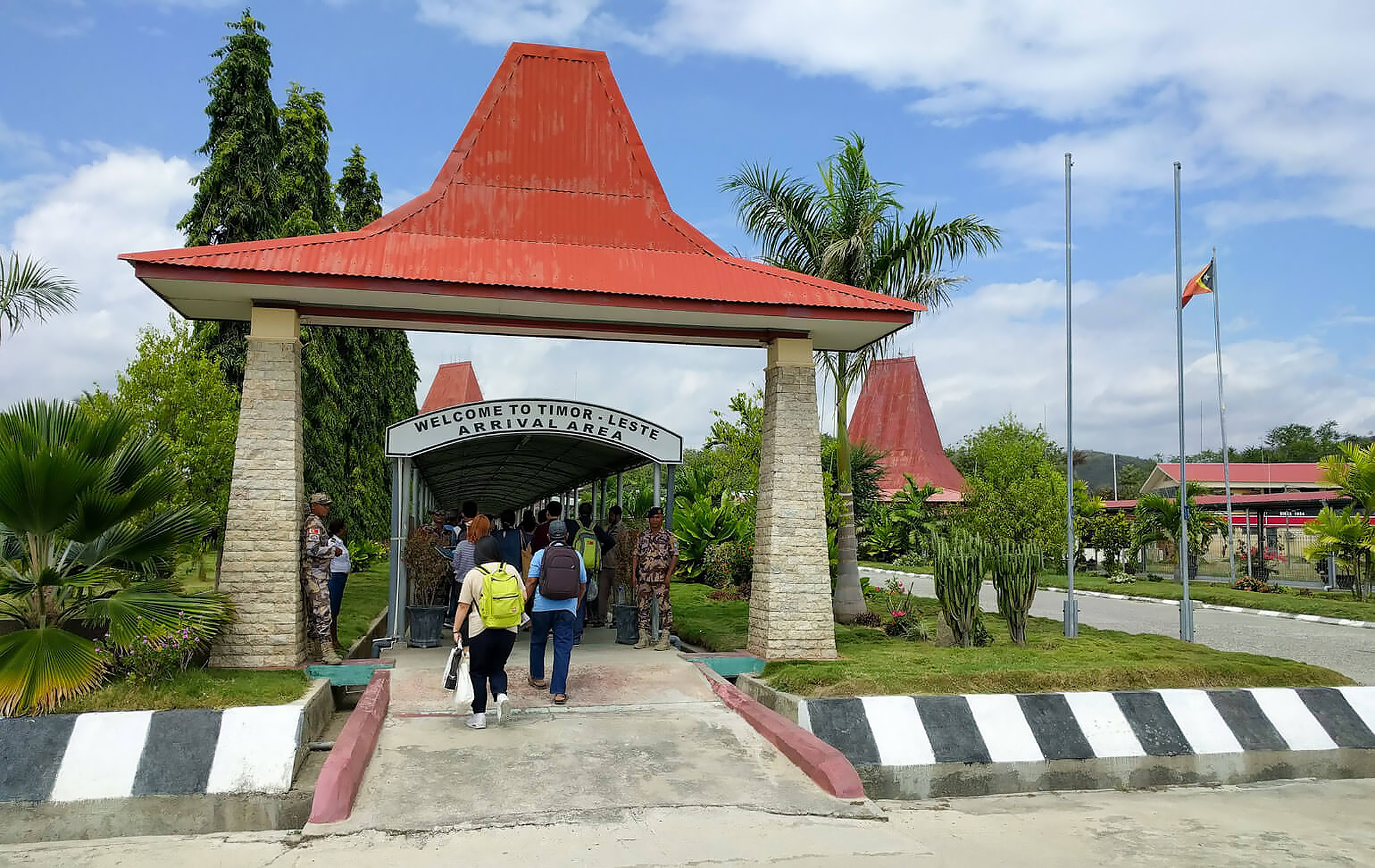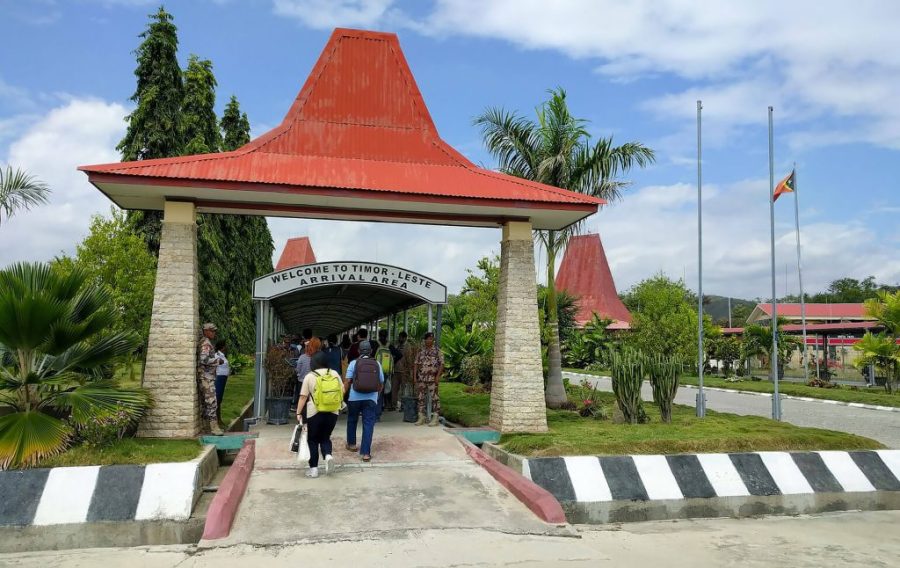Timor-Leste is launching an international bid to participate in the US$135 million expansion of Dili Airport.
The pre-qualification round for the expansion of the country’s main international airport, extending the runway and constructing a new air traffic control tower with the reconfiguration of relevant airside facilities, was launched by the Ministry of Finance Procurement Commission.
The project is funded by a loan agreement between the Asian Development Bank and Timor-Leste, which was approved in September. The new airport is expected to boost safety and attract more airlines, and hence more passengers and cargo to the airport.
The project will extend the airport’s existing runway to 2,100 metres from 1,850 metres and build a new air traffic control tower, taxiways, and aprons, as well as an aeronautical ground lighting system.
The project will meet international safety standards, which will help pave the way for Timor-Leste’s accession to global and regional organisations, such as the World Trade Organization and the Association of Southeast Asian Nations.
Transport Specialist Chaorin Shim said that “the Presidente Nicolau Lobato International Airport Expansion Project will provide safe and efficient air transport, enhance the country’s connectivity and economic ties with neighbouring Asian and Pacific countries, and improve trade, investment, and the labour movement. It will expand tourism and help the country diversify its economy.”
The airport in Dili is the main gateway to Timor-Leste, with 90 per cent of its passengers coming from overseas. Its short runway has limited the number of direct flights in the region, and the airport only has links with Australia, Indonesia, and Singapore.
The current runway does not meet the safety requirement of the International Civil Aviation Organization, forcing airlines to limit the number of passengers and adopt extra safety measures to avoid penalties.






